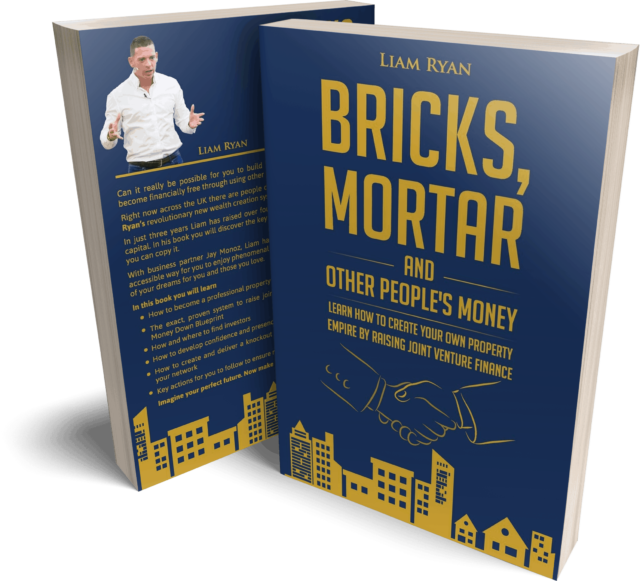Discover top-rated UK property investment events, bootcamps, and mentors, including Martin Roberts, Stuart and Scarlette Douglas.
Read More
A buyer’s first impression of your property is a crucial turning point in any sale. The moment they first see the house and walk through its rooms spells a strong impact and greatly influences their decision to buy it.
Table of Contents
Toggle
Effective home staging would be instrumental to your success when preparing for an open house or a viewing appointment. Read on to understand what this property sales strategy is and how you can utilise it.
The practice of home staging is relatively new in the UK and it might be something unknown to many real estate practitioners or property owners. Simply put, home staging is a process of redecorating a house in preparation for a potential buyer.
The work involved varies on the current condition of the place. For properties that are bare, professional stagers usually offer the rental of furniture in addition to their decorating service. A stager can also make use of existing furniture and simply add smaller details such as curtains, rugs, artwork, and other decors.
According to research conducted by the Home Staging Association UK, a property that was staged sells two times faster on average. Additionally, they fetch a higher price, increasing the value at a rate of 8 to 10%.
There are several reasons for this. One of them is that a property is visually more appealing when it is staged. Therefore, you can produce better photographs and attract more viewers.
Survey respondents also attest that buyers spend more time viewing the place. Staging helps potential buyers to imagine the place as their own. It allows them to project aesthetic possibilities and recognize the functionality of the spaces.
The professional fee of a home stager depends on numerous factors such as the market value and size of the property. The current condition of the place is also a variable. Does it have existing furniture? Does it need repainting? Are the lights working? Does the yard need landscaping? The more work and supplies involved, the more the price will also fluctuate.
On average, however, home staging will sum up to about 1% of the property’s selling value. DIY home staging is also an option if you are confident in your own styling skills. However, if the place is bare and unfurnished, you will have to consider renting furniture pieces and other elements.
De-personalise
De-personalising is one of the fundamental concepts of home staging. Interior designing is all about creating spaces that align with an occupant’s personality and taste. On the contrary, home staging is all about creating neutral spaces that viewers can fill with their own ideas.
Therefore, remove family photos and other personal items and avoid colours or patterns that are too bright or too overwhelming.
Highlight spaciousness
What you are trying to sell is the usability of the spaces and not the actual content of the house. Use furniture that are unpretentious and light and arrange them with ample spacing in between.
Define Spaces
Defining spaces will enable your buyer to understand the functionality of each area within a room. For example, you can arrange a reading corner or a study in the living room together with the main seating area to show how the room can have multiple uses.
Amplify lighting
Lighting is crucial due to its spatial and psychological influences. A well-lit room will appear more spacious and stimulates the mind. You should also maximize natural lighting. Tie back the curtains to let the sunshine in. On the other hand, make sure to amplify artificial lighting in places where natural lighting has little reach.
Use scents or play soothing music
You can add more dimensions to the viewing experience if you tap multiple senses. More than just the sight, you can explore adding a scent or playing subtle background music to gently touch your buyer’s consciousness.
Add Details
While minimalist is probably the best styling approach, you can still infuse some form of charm into the look by adding details and texture. A plain sofa, for example, will come to life with a set of lovely throw pillows. A coffee table does not really need an extravagant centrepiece, but some good-sized books will certainly add more character. Beautifully potted plants will also bring vibrancy and a refreshing appeal.
Get more valuable tips and insights from the best players in the property investment business! Get a copy of our Online Property Training Guide!
Discover top-rated UK property investment events, bootcamps, and mentors, including Martin Roberts, Stuart and Scarlette Douglas.
Read MoreDiscover how to earn £1 million through UK property investing with practical strategies and expert tips for new and aspiring investors.
Read MoreGrow your UK property portfolio from scratch with expert tips, creative strategies and free online buy-to-let training.
Read MoreLearn property investment from UK experts with Assets For Life. Free courses, mentorship, and proven wealth-building strategies.
Read More
Claim Your Free Copy
Assets For Life LTD is a company incorporated in England and Wales with registered number 09935286 and registered offices at Assets for Life Ltd, Suite 105, Waterhouse Business Centre, 2 Cromar Way, Chelmsford, Essex, England, CM1 2QE, United Kingdom.
Assets For Life LTD is registered with the Information Commissioner’s Office, with registration number ZA280607
COPYRIGHT © 2024 ASSETS FOR LIFE, ALL RIGHTS RESERVED. WEBSITE BY AMPLIFY MARKETING